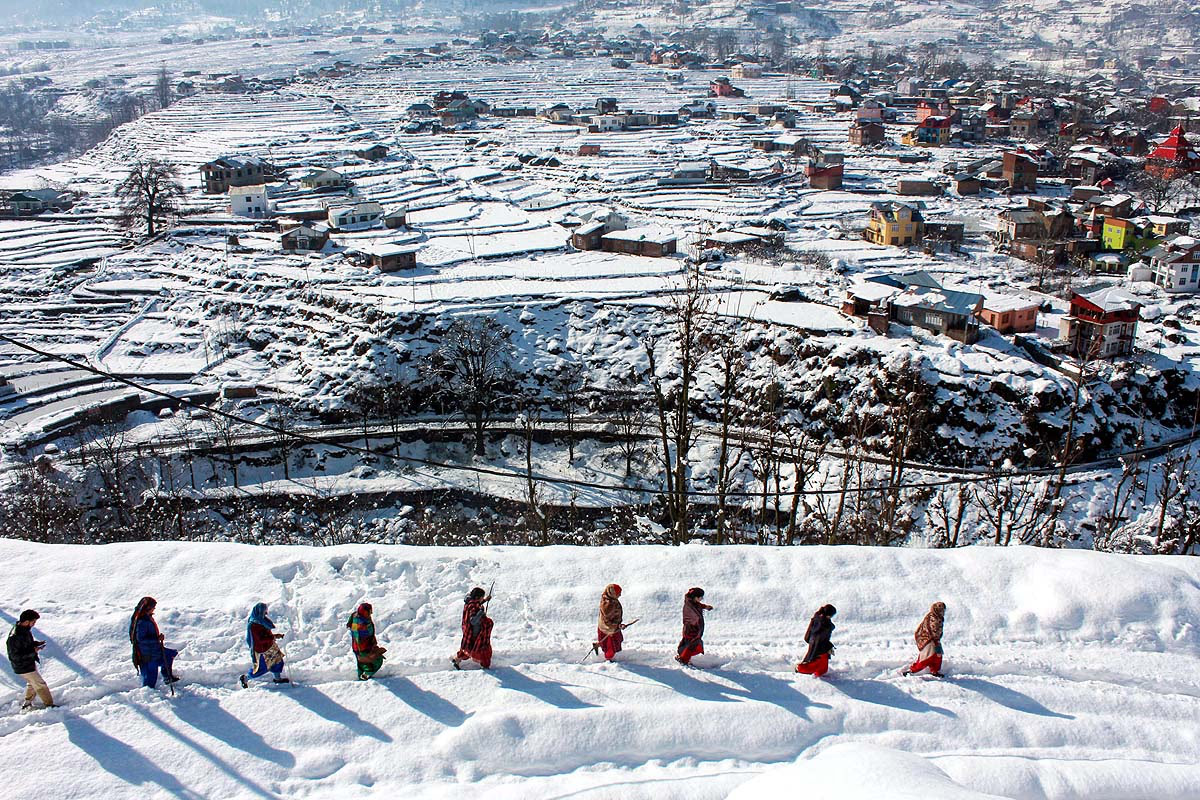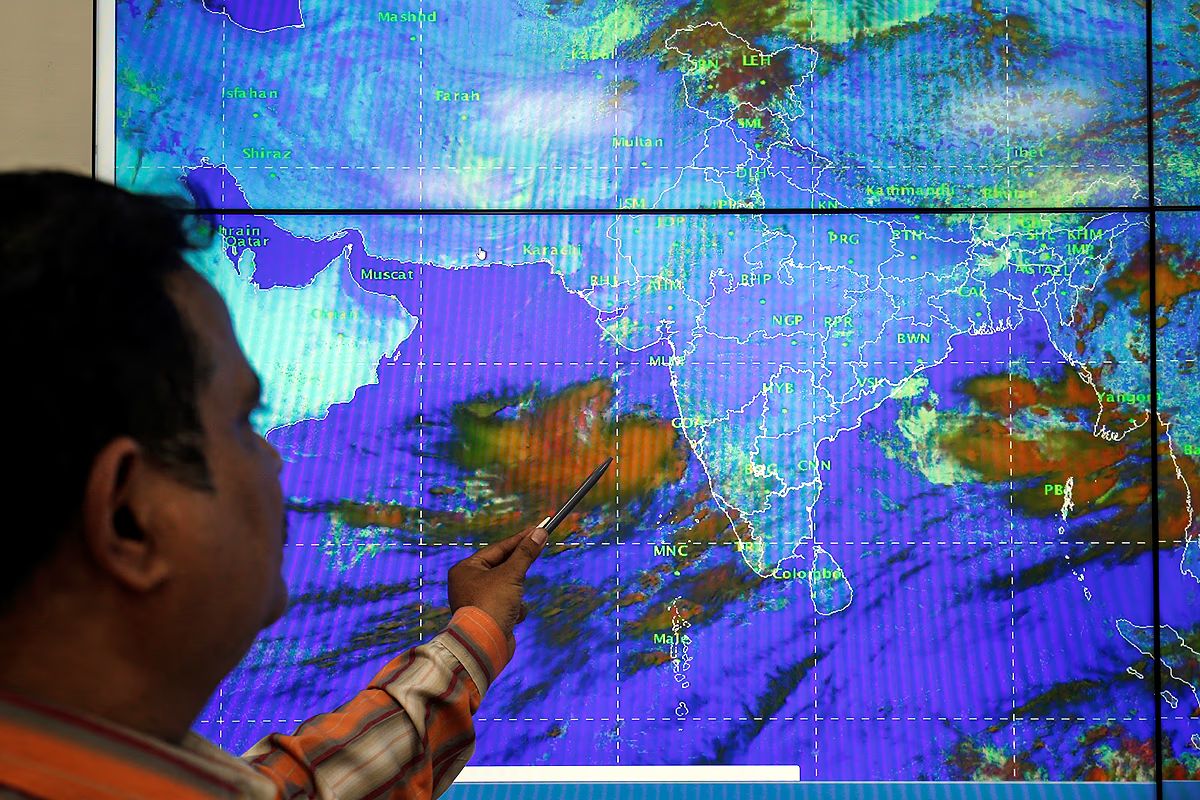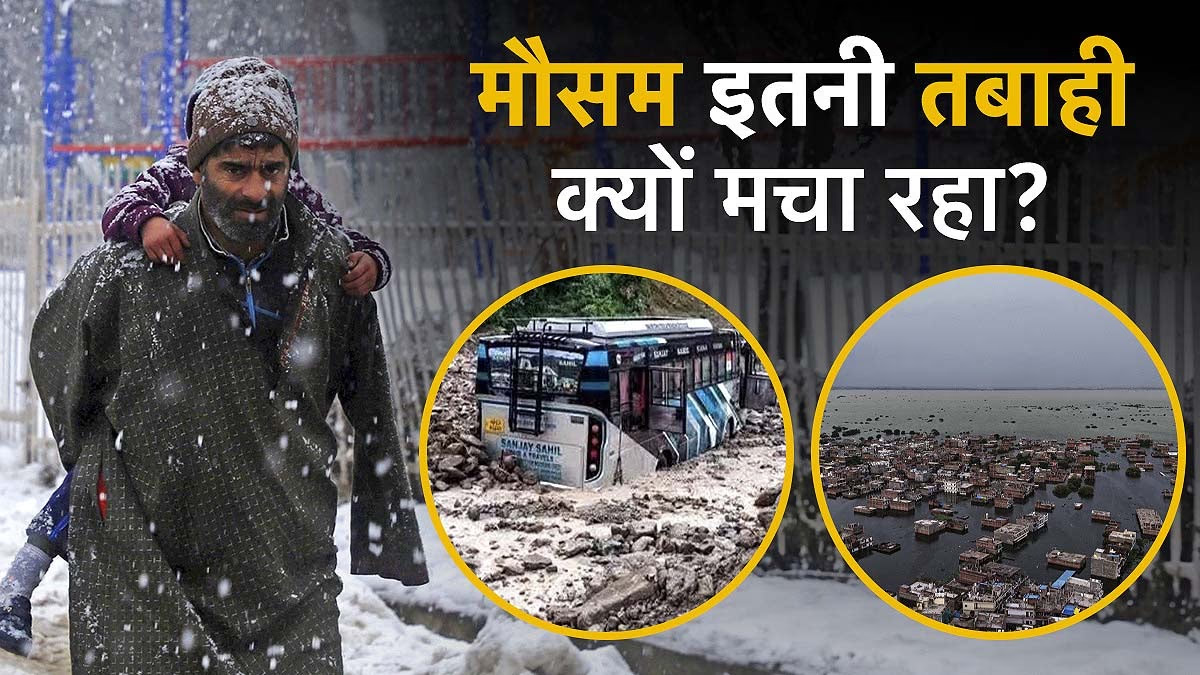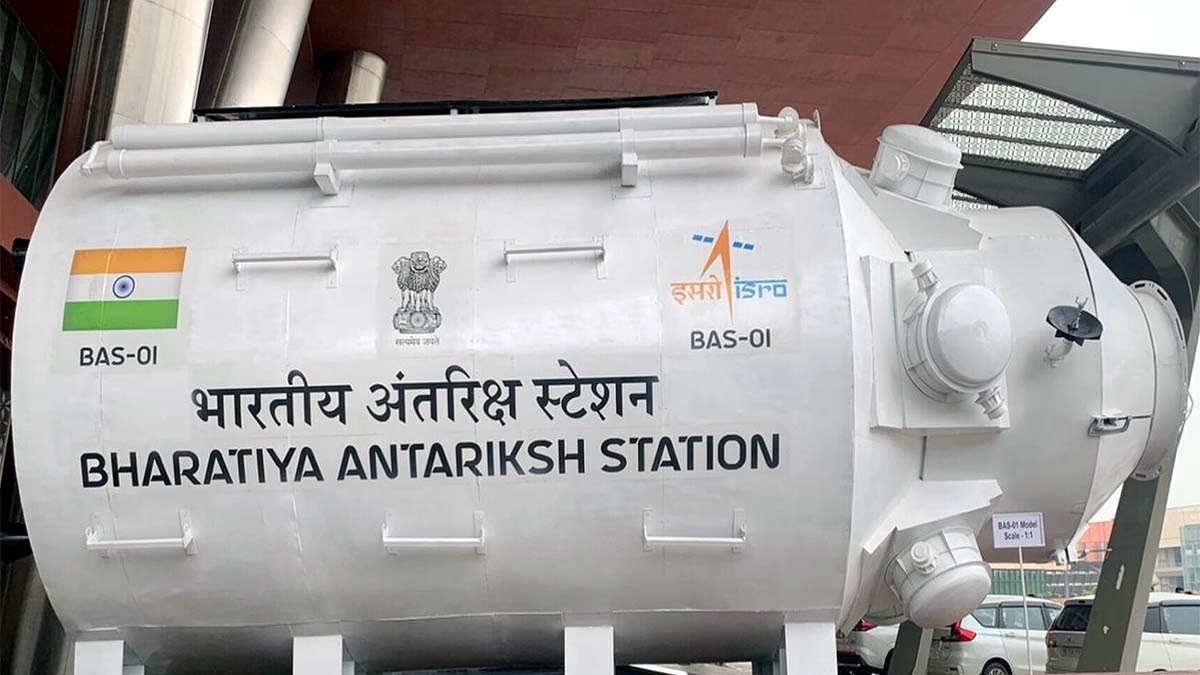The Western Disturbance is an air system that traditionally brings snow and rain to northern India during winter. Originating from the west of the Hindu Kush and Himalayas, it occasionally extends from the Mediterranean. It is crucial for river water levels and crop support. However, a new study reveals its increasing presence in summer, raising concerns.
What is Western Disturbance?
The Western Disturbance is an air wave moving from west to east, bringing snow and rain between December to March to northern India, particularly in Himalayan states like Himachal Pradesh, Uttarakhand, and Jammu & Kashmir. These winds carry moisture from the Arabian Sea and create rain upon striking the mountains. The snow melts in summer, feeding rivers like the Indus and Ganga, which are vital for irrigation, power, and domestic usage for approximately 500 million people.
Also Read: Why are clouds bursting on mountains? Natural destruction from Mandi-Dharali to Kathua-Kishtwar, Photos
Climate scientist A.P. Dimri from Jawaharlal Nehru University states that winter rain is essential for Himalayan states as it ensures water availability in spring.
New Study on Changes
According to a new study published in the 'Weather and Climate Dynamics'
, Western Disturbance occurrences in June have doubled over the last 20 years, whereas they were uncommon in the previous 50 years. Previously confined to December through March, it now extends to May, June, and July, merging with the summer monsoon to cause floods.
What is the Impact?
Winter Benefits: It drops as snow in winter, slowly melting to supply summer water, benefiting farmers and recharging glaciers.
Summer Risks: In June-July, it merges with the monsoon, bringing 6-7 times more moisture. This led to the infamous 2013 Uttarakhand flash flood that claimed 6,000 lives, and the 2023 July floods affecting states like Delhi.
Climate Imbalance: Rajib Chattopadhyay from the Indian Institute of Tropical Meteorology notes this shift as alarming, potentially causing extreme weather like floods and cold spells.

Source: aajtak
What Causes the Change?
Climate Change
Polar regions warming have reduced temperature differences between the north and south, weakening the subtropical jet stream that traditionally expels Western Disturbance from India quickly. Kieran Hunt, a meteorologist at the University of Reading, explains that winter air is dry, preventing floods, but the monsoon creates summer dangers.
Also Read: Mystery Deepens in Kishtwar's Flash Flood... Was it a Cloudburst or Glacier Break? Scientists Puzzled
Local Factors
Heating of Tibetan Plateau: This region is warming at twice the global rate, strengthening the jet stream and intensifying disturbances.
Reduction in Air Pollution: North India's pollution control reduced aerosols, warming the air and strengthening the jet stream.

Source: aajtak
What Should Be Done for the Future?
Advance Warning: Meteorological Department must enhance predictions of Western Disturbance. Rajib Chattopadhyay highlights the need for better forecasts of floods, cloudbursts, and cold spells.
Preparation: Strategic plans for river cleaning, dam reinforcement, and population safety relocation are needed.
Awareness: Educating farmers and the public about weather changes is vital.




